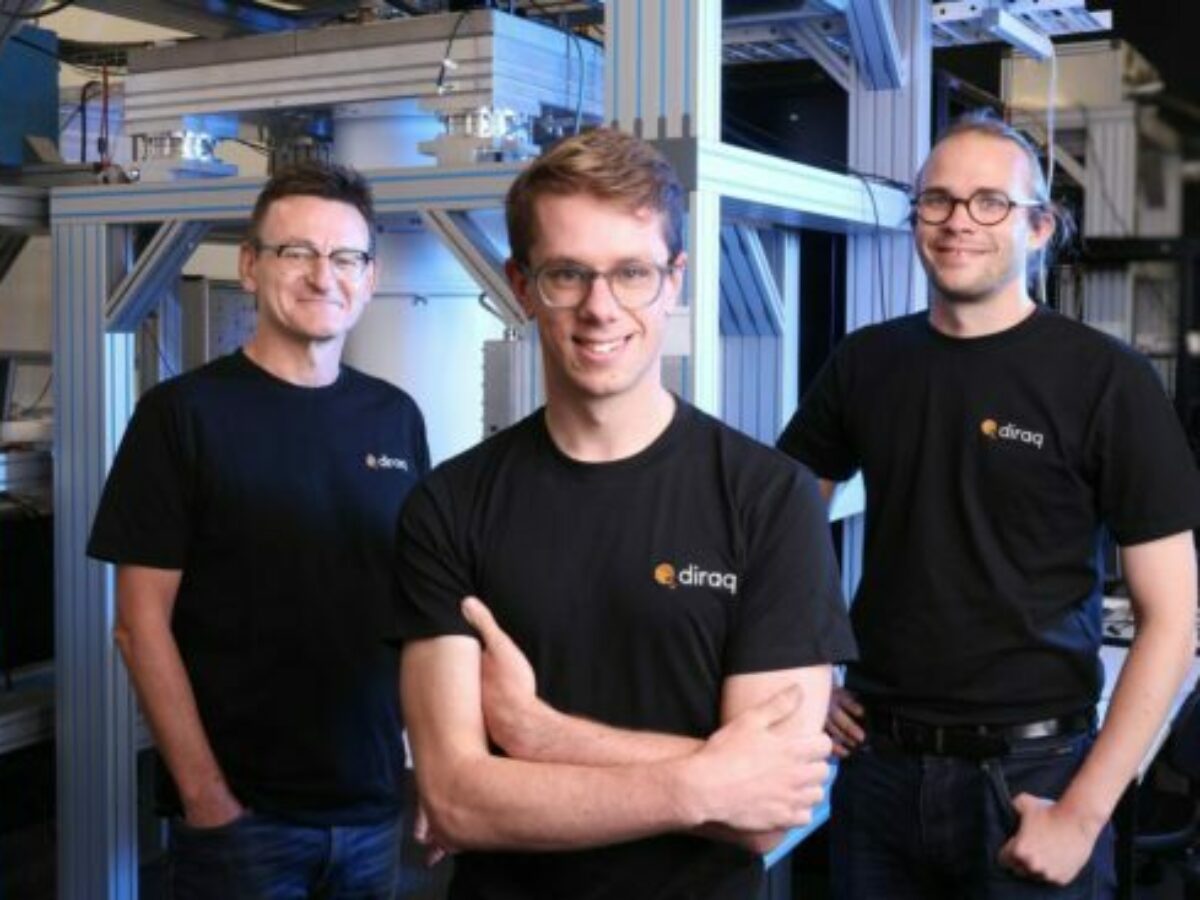From conservatorium to qubits (podcast)

A lucky find by researchers could help Australian efforts to scale up the number of qubits on their microchips. Brent Balinski spoke to Dr Will Gilbert from Diraq about computing with puddles of electrons, and his unusual career so far.
As Dr Andre Saraiva explained on this website last November, Australia has some globally-recognised strengths in the race to build a useful quantum computer, dating back to the late-1990s.
“Sydney is a world capital of quantum, and silicon qubits are the poster child,” wrote the Head of Solid State Theory at Diraq in a counterintuitive analysis piece about the possibility of developing a foundry industry via quantum computing in silicon.
As those excited by building qubits in silicon often point out, CMOS (Complementary metal oxide semiconductor) technology has been used commercially since the 1960s and has developed an exacting and awesomely impressive set of production methods and knowhow around it.
Transistors are cited as maybe the most manufactured item in all of human history, and scale – plus everything enabling it – is not a trivial thing when it comes to quantum computing.
“The goal is to build a system with millions or even billions of qubits on a single chip or in a single system. And that’s because to have a useful quantum computer, experts doing simulations of algorithms are saying that to really have a useful system you need tens of millions of physical qubits,” Dr Will Gilbert (pictured in middle) a CMOS Design and Measurement Engineer at Diraq.
“So it’s really important [that] the technology in itself is scalable, that you can actually integrate tens of millions of qubits in a single system.”
Gilbert came to qubit-making via a not-quite-typical career path, including time as a professional trumpeter (and a degree at the Sydney Conservatorium of Music after auditioning on a lark.)
His company – led by Professor Andrew Dzurak, who also supervised Gilbert’s PhD – was spun out of Silicon Quantum Computing last year, after the notion of pursuing two different approaches to building qubits within the same company lost its appeal.
Diraq’s approach dates back to 2014 and uses electron spins in quantum dots as qubits after the temperature is lowered to near-absolute zero.
“Then you can get it into a regime where you don’t just have a channel of electrons in the silicon layer,” explains Gilbert.
“The channel of electrons can segment into little puddles, and these little puddles we call a quantum dot.”
Earlier this month Diraq announced a new approach to controlling the quantum state of their electrons, based on a phenomenon discovered by accident by UNSW researcher Dr Tuomo Tanttu. Gilbert is lead author on the paper, published in Nature Nanotechnology.
In this episode of @AuManufacturing Conversations with Brent Balinski, Gilbert tells us about the discovery and how they plan to harness it to simplify integration of their electronics, improve how well they scale up the number of qubits they can create, and other possibilities.
Episode guide
0:30 – Career background. Engineering, electronics and music.
3:45 – Joining Professor Andrew Dzurak’s team at UNSW.
4:45 – An explanation of CMOS chips, puddles of electrons, and computing with electron spins and magnetic fields.
7:40 – Reaching millions or even billions of qubits and the importance of being able to scale up to this level.
10:10 – The accidental find and the resulting paper. “This was quite strange. We’d never seen this before.”
12:10 – How the find could enable long-range spin-to-spin coupling and why this is useful.
14:20 – The growing enthusiasm for semiconductor manufacture in Australia, and the semiconductor packaging operation planned for the Advanced Manufacturing Research Facility at Bradfield.
16:10 – Growing a semiconductor sector should involve targeting small, manageable projects, believes Gilbert.
17:20 – What Diraq is planning over the next few years. “It’s not a short path.”
Further reading
QUANTUM TEAM FOCUSSED ON GETTING IT DONE HERE
AUSTRALIA’S QUANTUM SUCCESS A MODEL FOR OTHER TECHNOLOGIES
AUSTRALIA’S PLACE IN THE SEMICONDUCTOR WORLD: IP IS THE MAIN THING, SAYS QUANTUM COMPUTING HOPEFUL
Picture: Dzurak, Gilbert and Tanttu (credit Grant Turner/UNSW)
Topics Analysis and Commentary Podcast
@aumanufacturing Sections
Analysis and Commentary Awards Defence Manufacturing News Podcast Technology Videos










